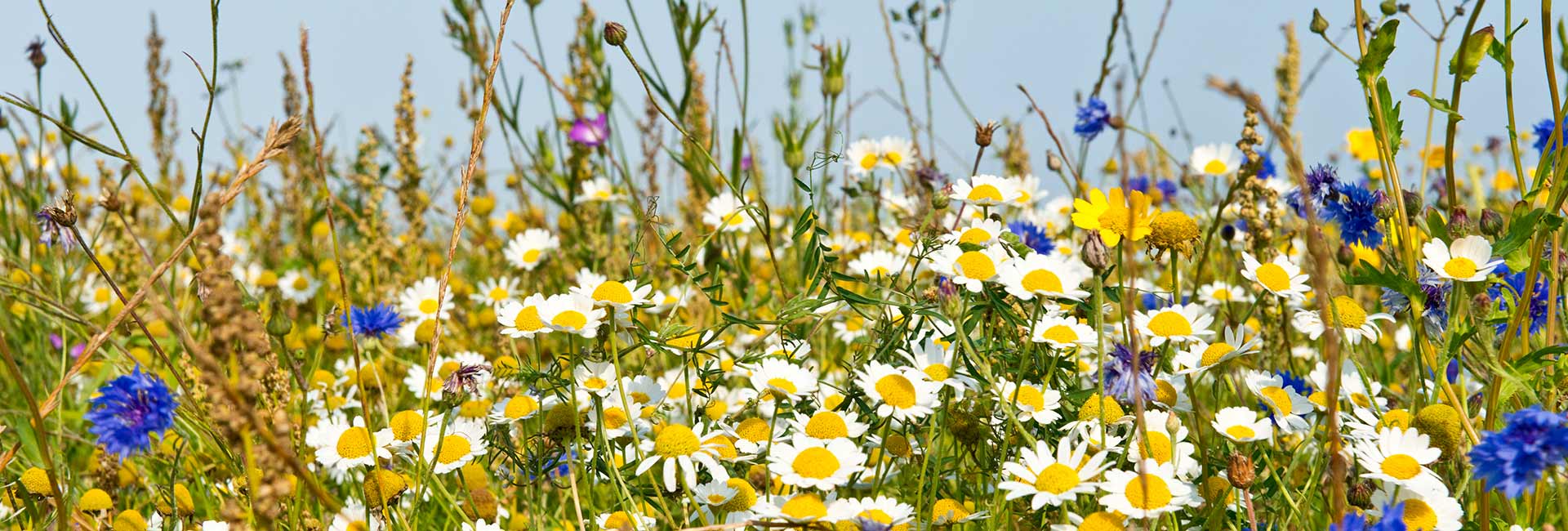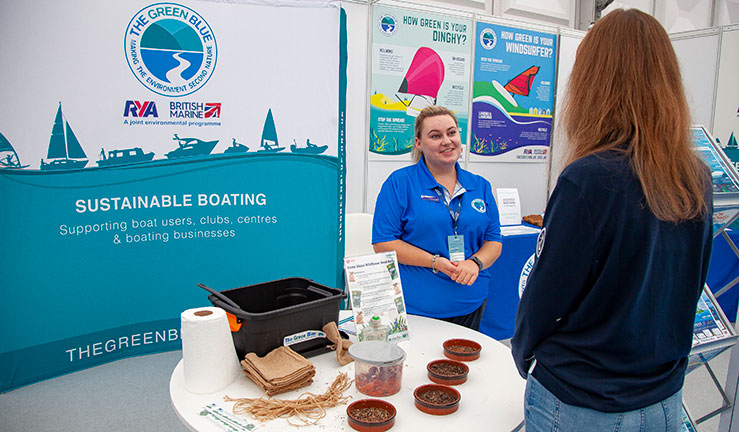
Create your own wildflower seed balls!
Support sustainability with the RYA and The Green Blue
Simply throw and watch it grow. Wildflower seed balls are not only fun to make but filled with flower power potential. Designed with the environment in mind, seed balls encourage biodiversity, by creating new habitats for wildlife to flourish.
A great activity for children over the school break, making and gifting wildflower seed balls teaches your little ones to add colour and wildlife to neglected spaces. Whether they throw and grow their seed balls in a pot, patch of lawn or flowerbed, sowing wildflowers creates a safe space for insects and pollinators to thrive.
How to create your own wildflower seed balls?
- Take a small hazelnut sized lump of modelling clay and roll it into a ball.
- Take your clay ball and roll it in the soil and seed mixture until its surface is fully coated.
Tip: To make your clay ball stickier dip it in water before rolling it in the soil and seed mixture. - Once fully coated place your seed ball into a hessian sack. You can make as many seed balls as you like!
- Tie the hessian bag closed with twine. If you are gifting your seedballs to friends or family, add a handy information slip.
- When you want to deploy your seedballs, open the hessian bag and throw the balls in a sunny hedgerow or soil patch in your garden.
Tip: Remember to space them apart so they can thrive. - Watch your wildflowers grow!
Raise awareness with wildflower seed balls

In support of the EU LIFE ReMEDIES Seagrass Project, the RYA is championing the making and planting of Wildflower Seed Balls. By taking part you’ll be mimicking the re-seeding process practised by the project when re-populating depleted seagrass beds.
While making your own seed balls helps support the environment on land, in the water, the project partners, RYA, Natural England, Ocean Conservation Trust, Plymouth City Council, and the Marine Conservation Society are working to protect sensitive seabed habitats such as seagrass and maerl. These habitats are some of the most productive eco-systems on earth, helping to fight climate change with their huge capacity for carbon absorption.
The RYA’s role within the LIFE Recreation ReMEDIES Project is to carry out awareness raising outreach, working closely with clubs, centres, and RYA Instructors. We aim to educate recreational boaters on the most sustainable methods of anchoring and mooring, to help preserve and restore important seabed habitats.
For further information about our sustainability projects, visit The Green Blue.
